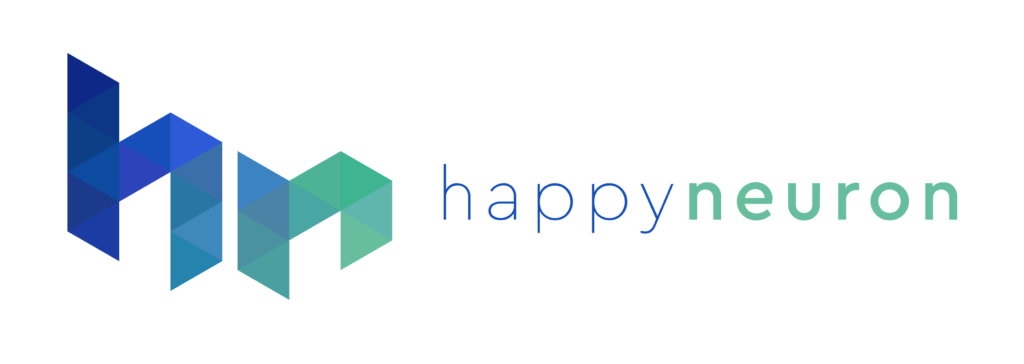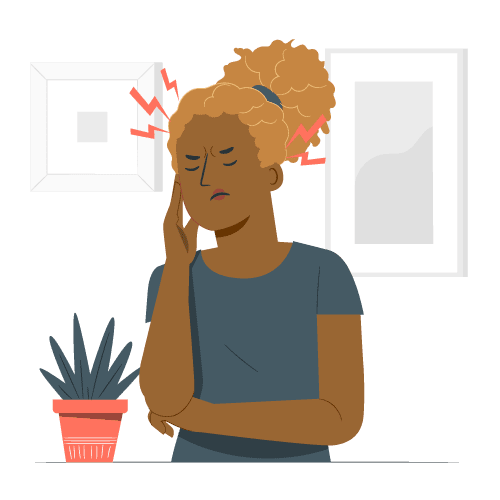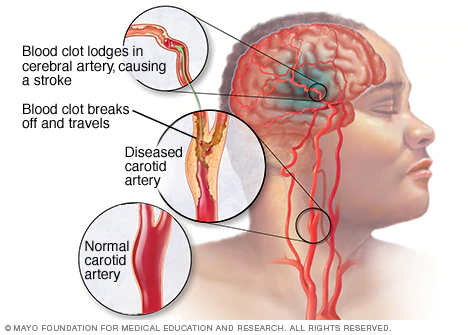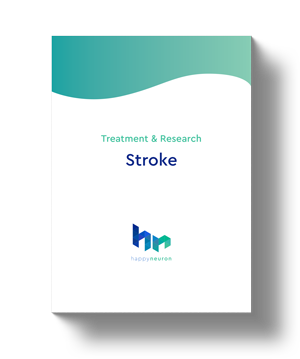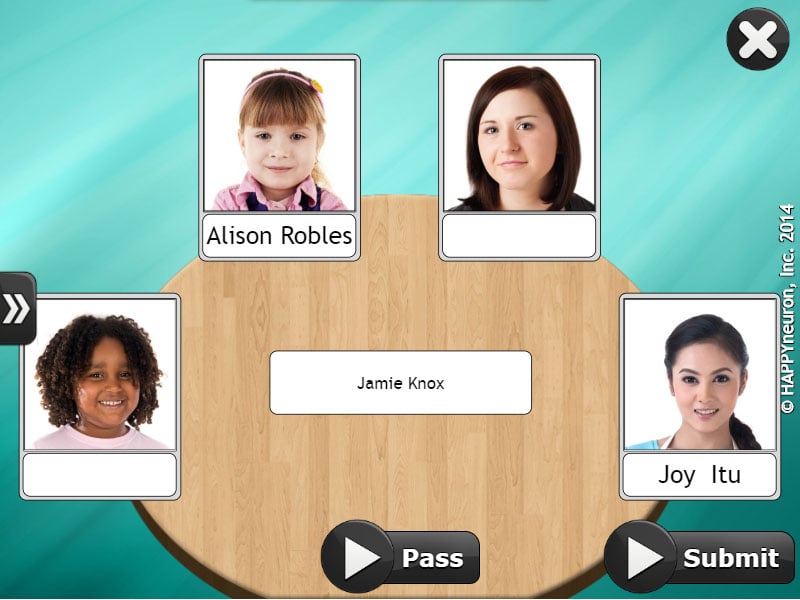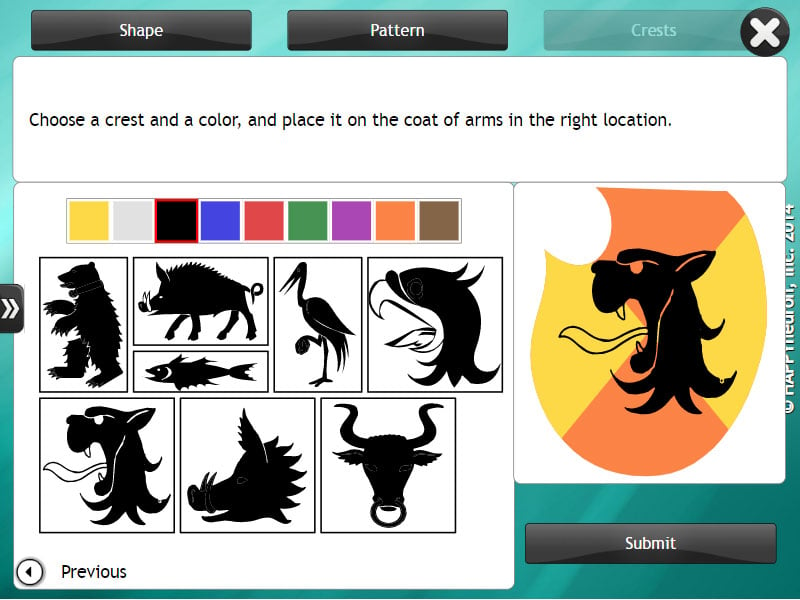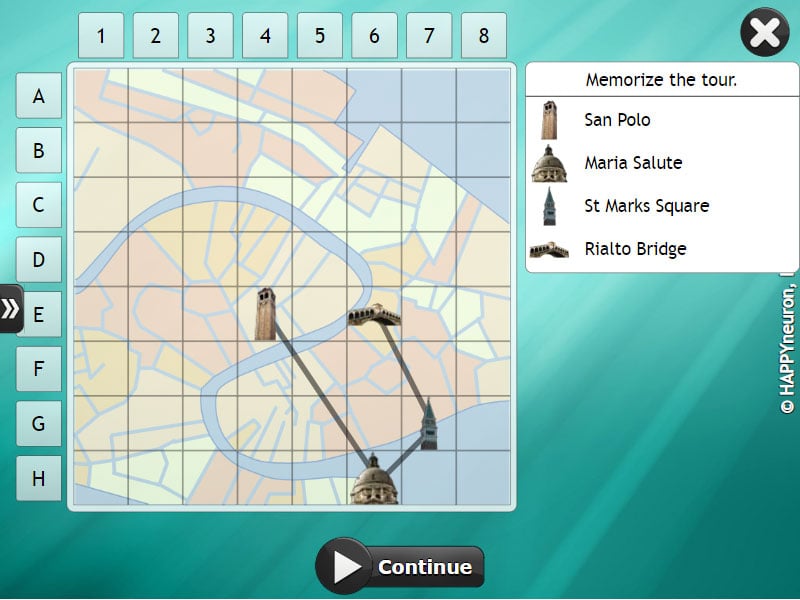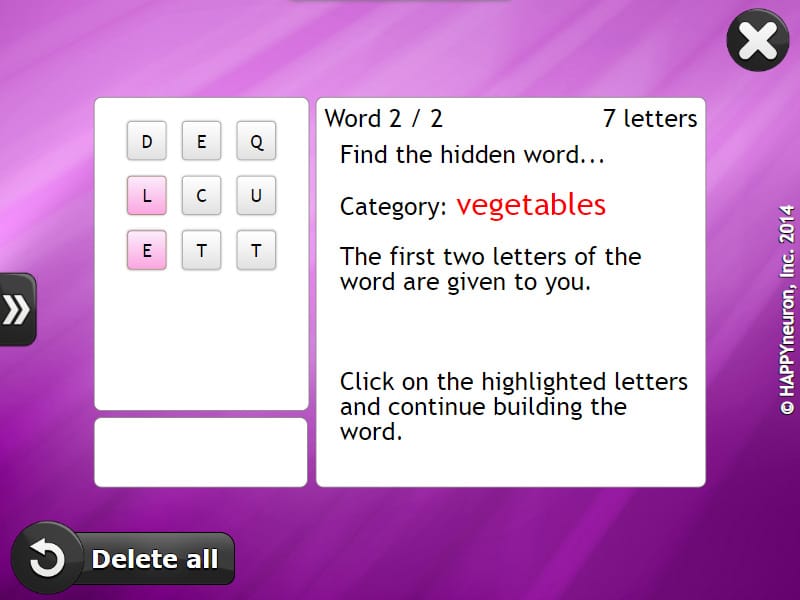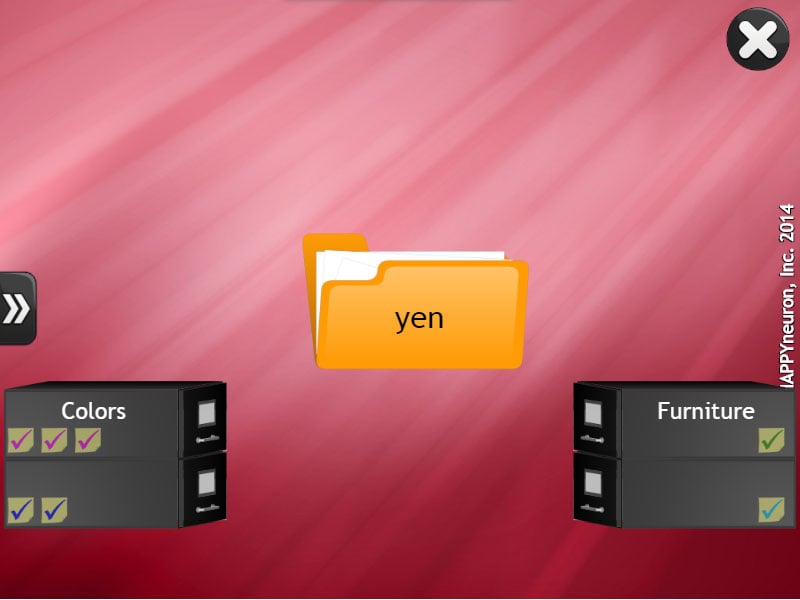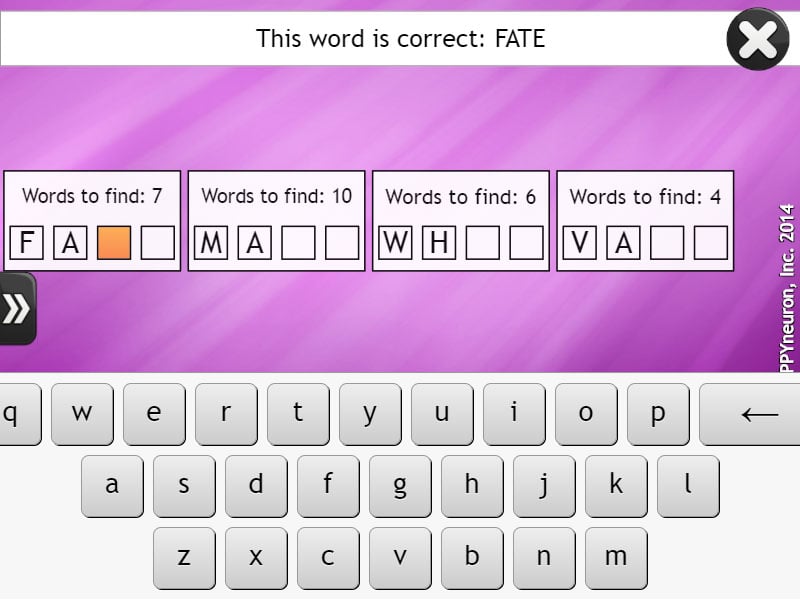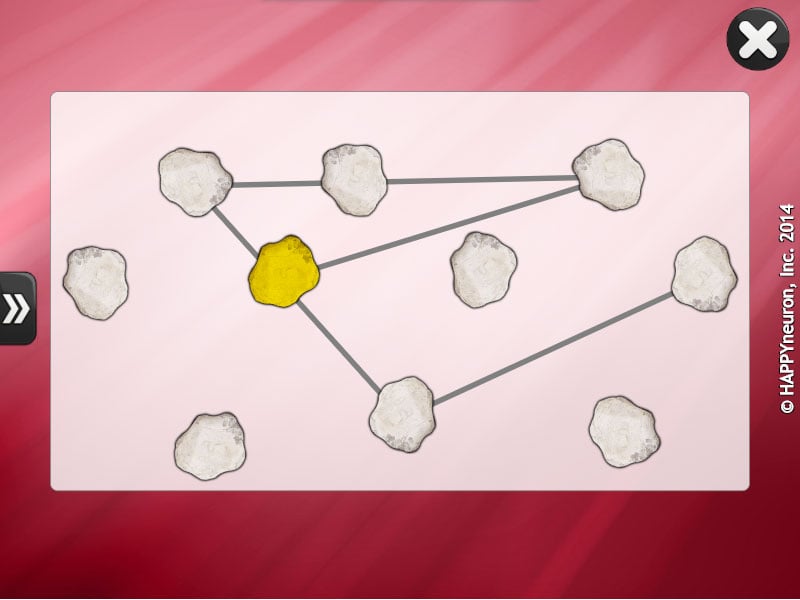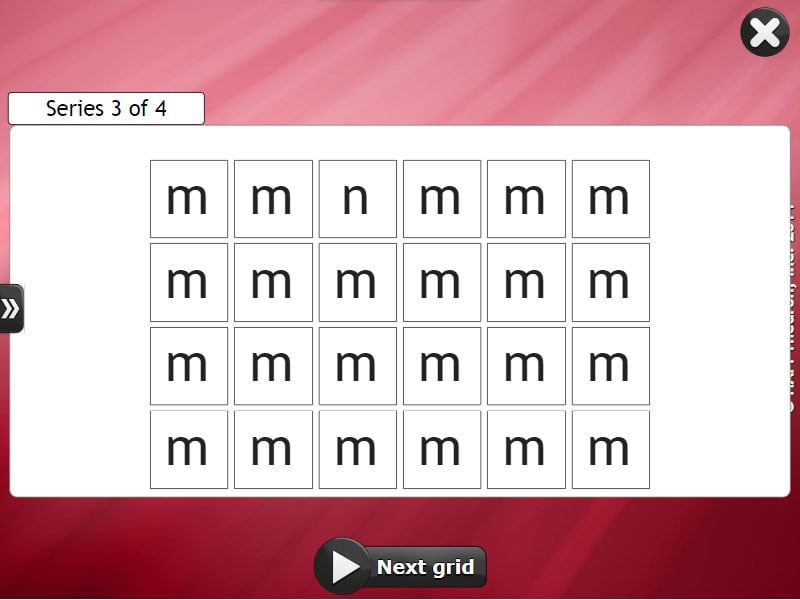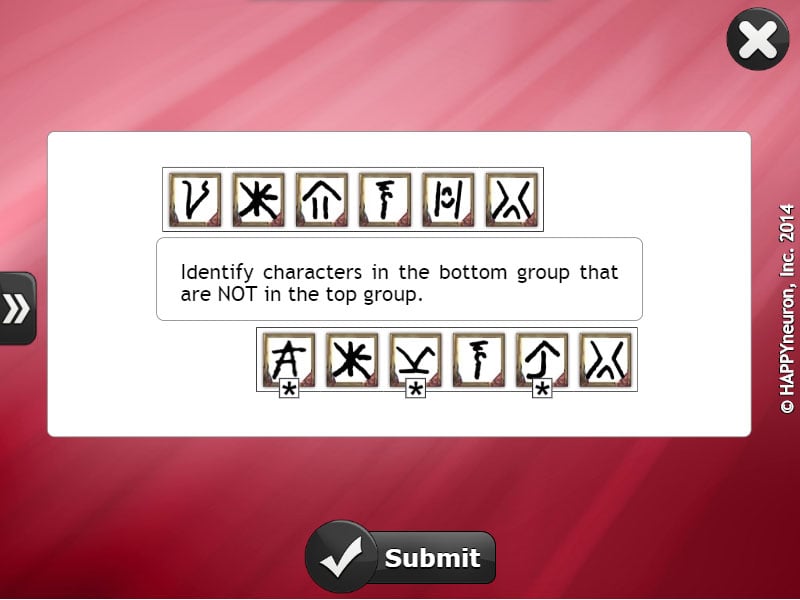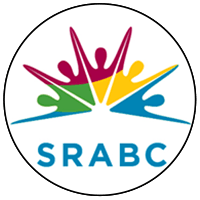Ischemic strokes occur when a clot occurs within the brain’s arteries or veins that causes blood flow to stop reaching the brain tissue. The clot can form when a blood vessel gets blocked, which then causes reduced blood flow, allowing for the build-up of fatty deposits. These fatty deposits form into blood clots which have the potential to drift into one’s brain. If that occurs, blood, oxygen, and nutrients are denied from reaching the brain tissue, causing the tissue to be damaged or die. Ischemic strokes are the most common type of stroke, with around 87% of all strokes being one. Recently studies have found that there might be a link between being infected with COVID-19 and ischemic strokes.
